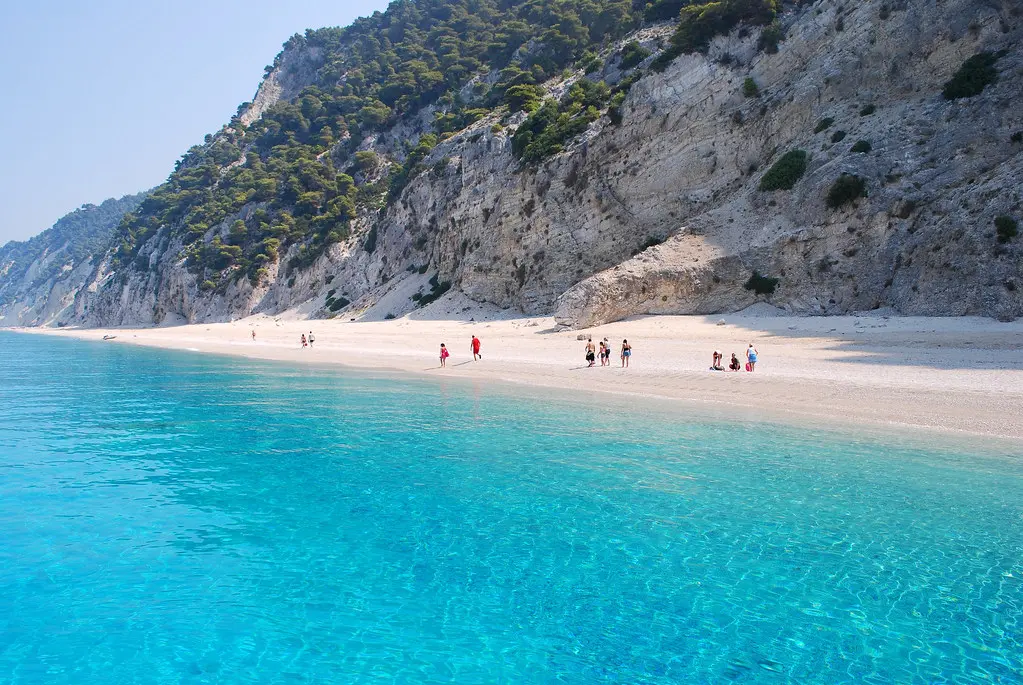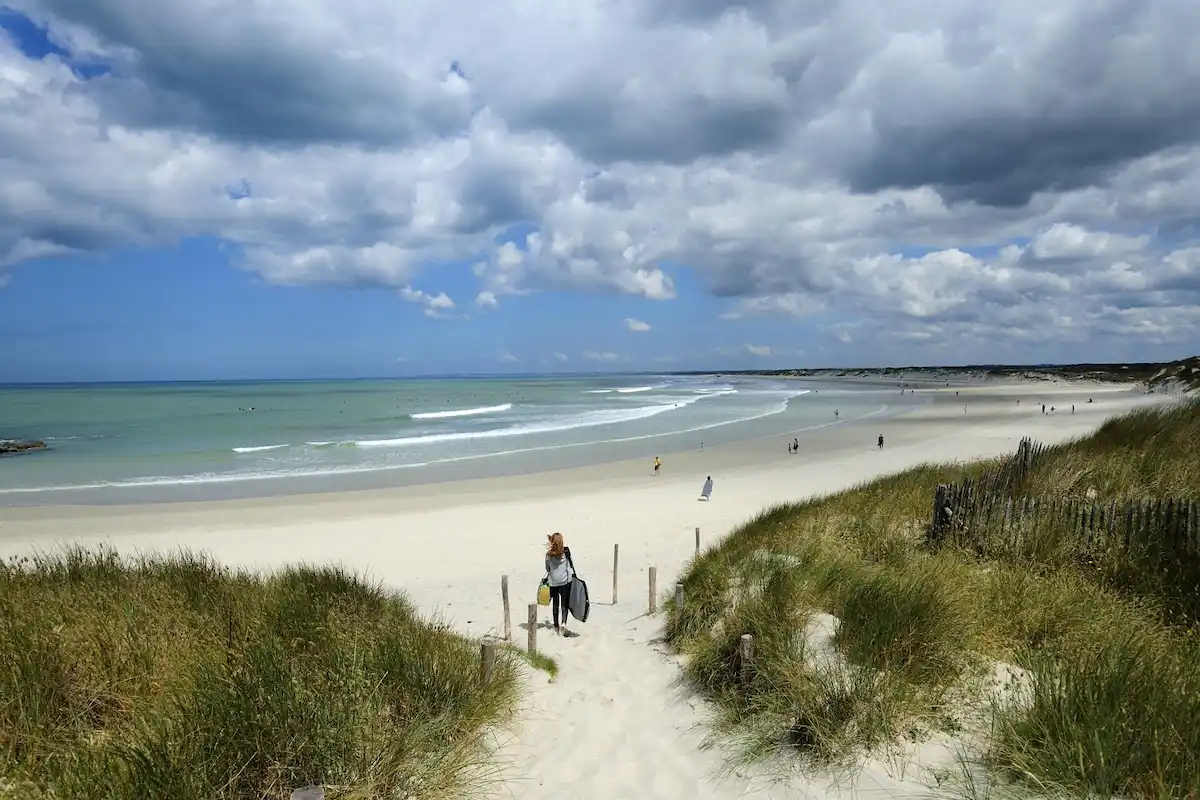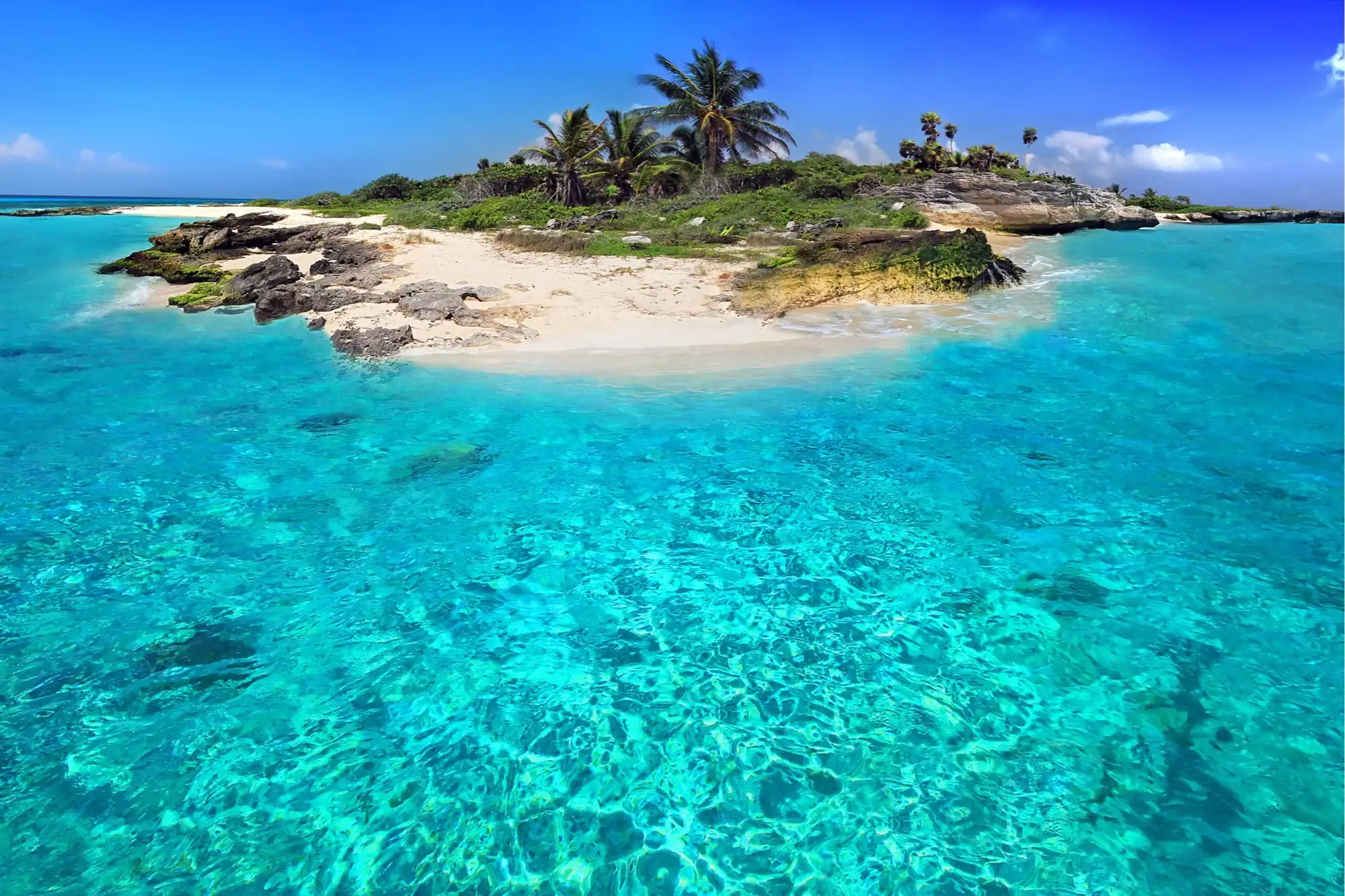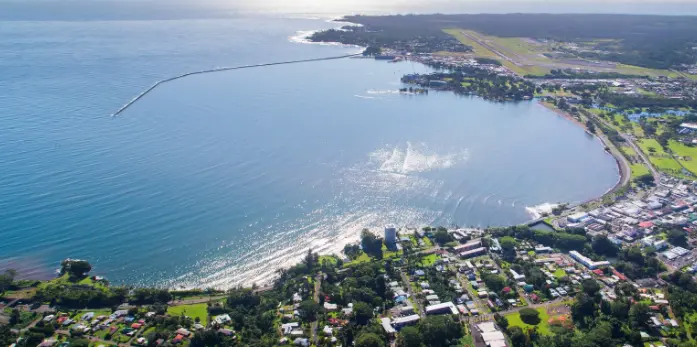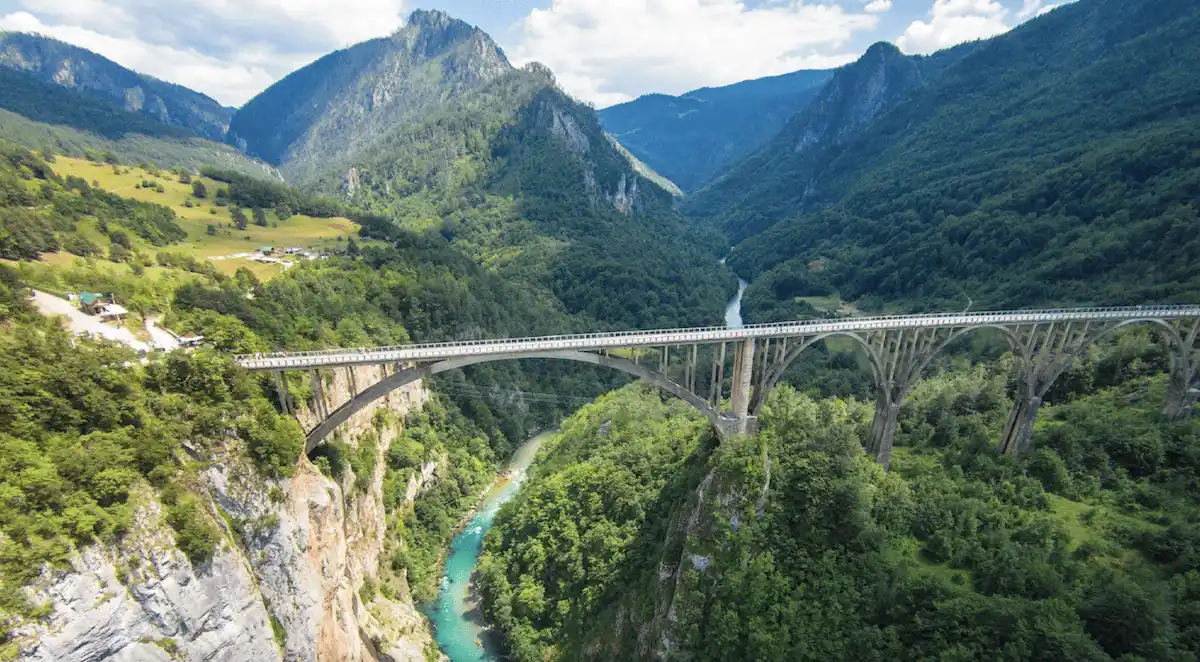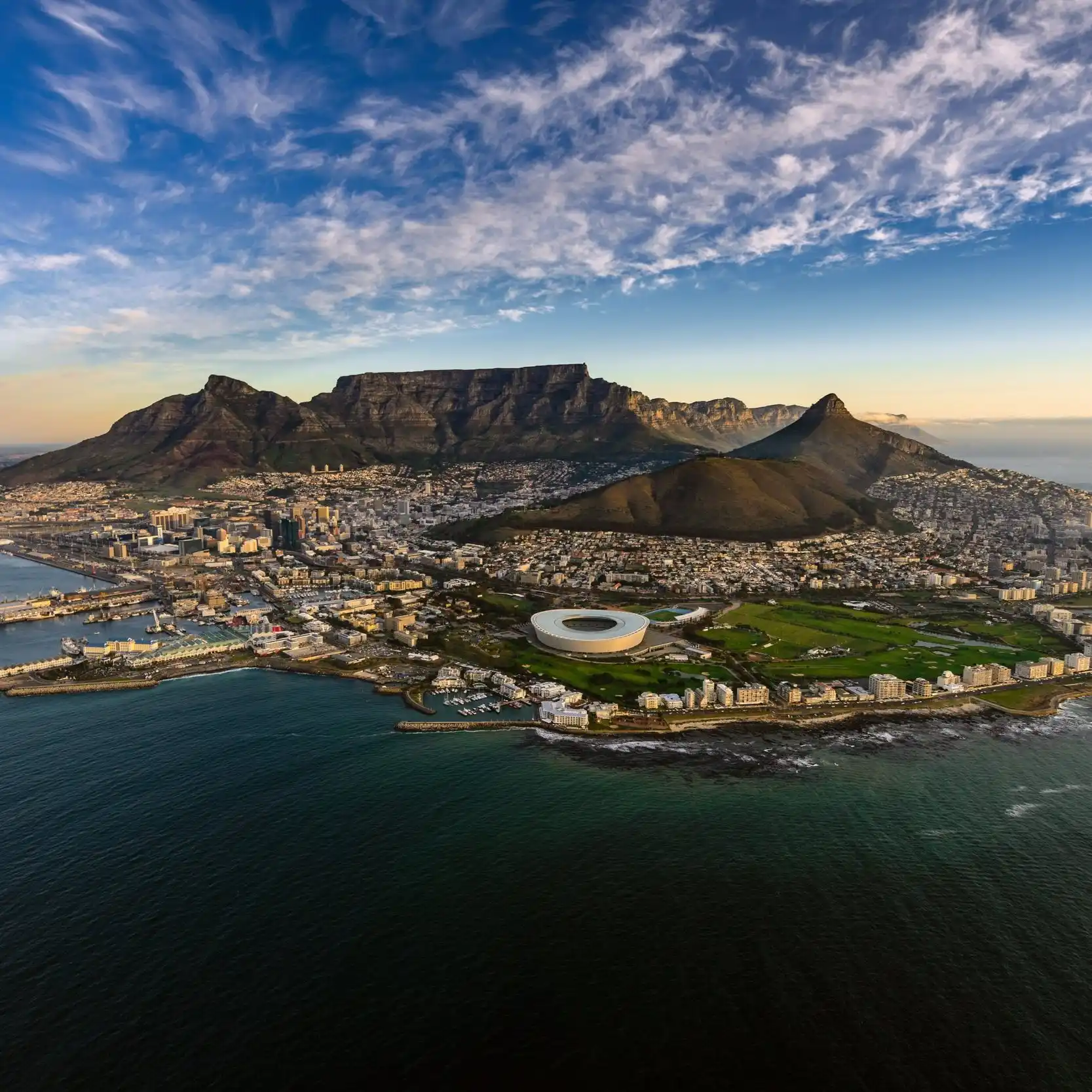Nusa Lembongan, a beautiful and tranquil island off the coast of Bali, is one of the top destinations for divers around the world. Known for its rich marine biodiversity, vibrant coral reefs, and clear waters, it has become an increasingly popular location for tech diving. If you’re an experienced diver looking to take your underwater exploration to the next level, Nusa Lembongan offers some of the best technical diving opportunities, especially for those who wish to push their limits and explore deeper and more challenging dive sites. This 7-day guide will walk you through everything you need to know about tech diving in Nusa Lembongan, from getting started with the basics to mastering the techniques required to dive deeper and longer.
No Mucking About – Getting Started with Tech Diving
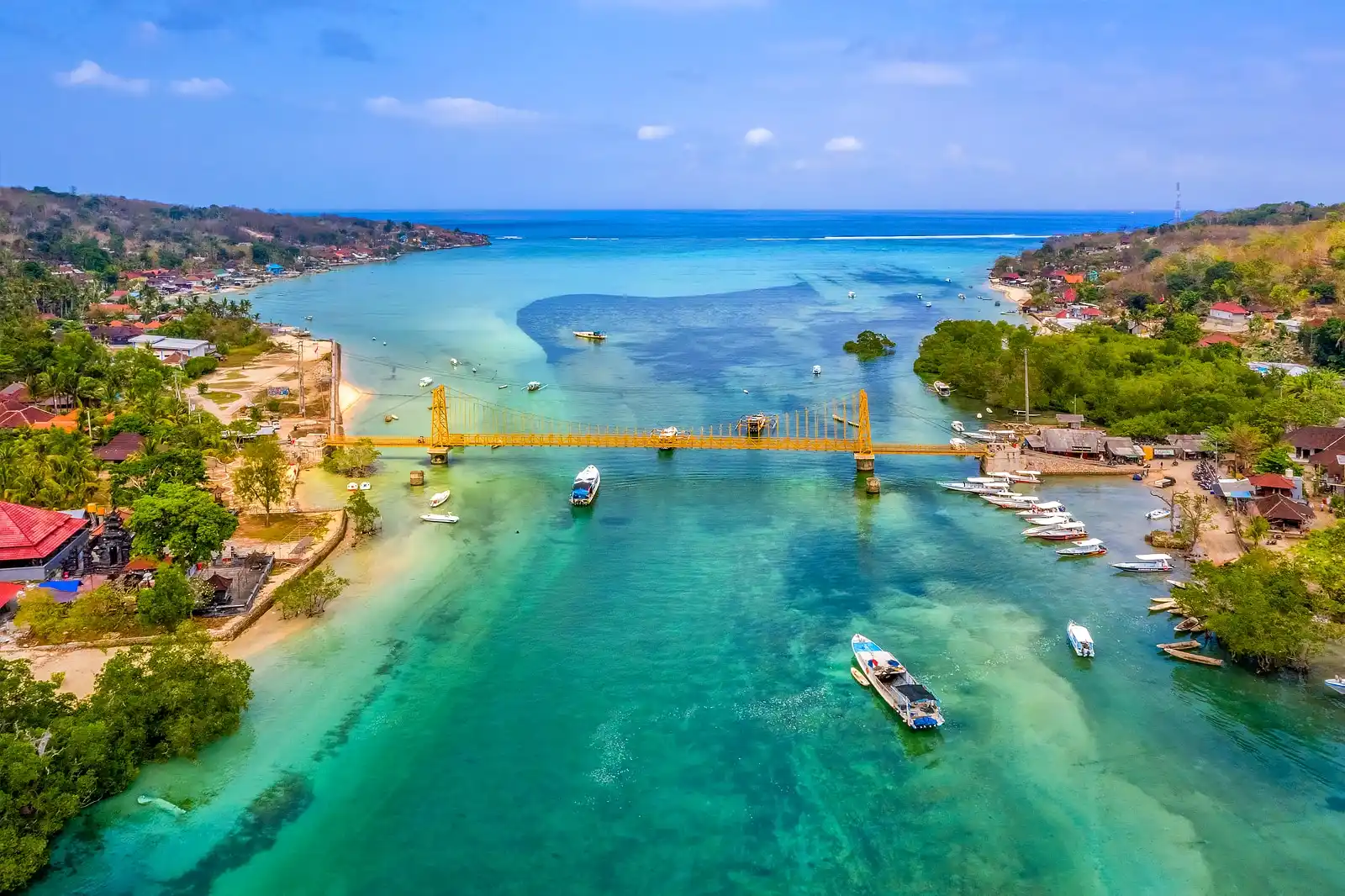
Tech diving is not for the faint-hearted. It goes beyond the limits of recreational diving, involving advanced techniques, specialized equipment, and more complex dive plans. If you want to dive to depths greater than 40 meters, use different gas mixtures, and stay submerged for extended periods of time, you’ll need to embrace the world of tech diving.
Before you can begin tech diving in Nusa Lembongan, you must ensure you have the right experience. Typically, you must hold a recreational diving certification (like PADI Open Water or Advanced Open Water) and have at least 50-100 dives under your belt, with some experience at depths of 30 meters or more.
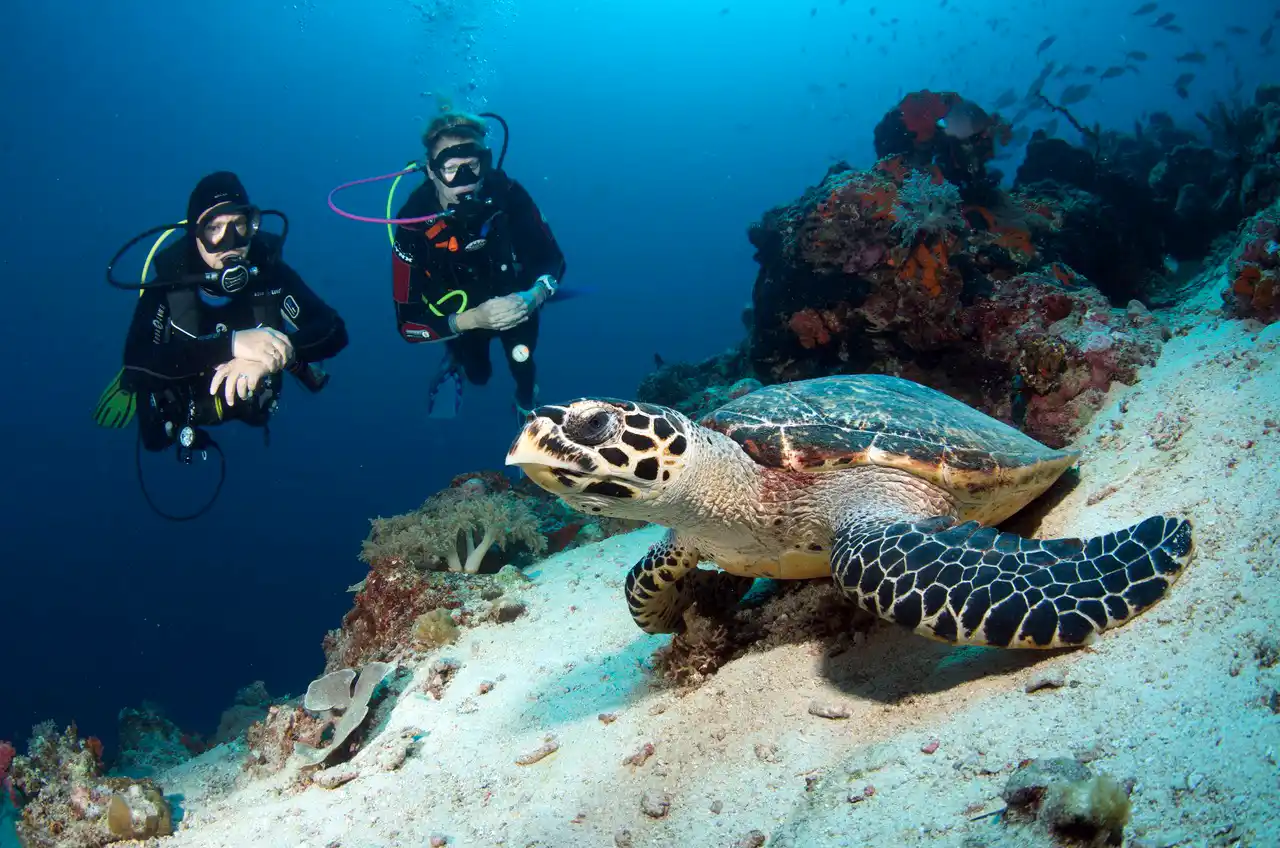
Tech diving involves a completely different set of skills compared to recreational diving. You’ll need to learn how to handle different gas mixes (like Nitrox or Trimix), how to navigate and descend into deeper waters, and how to calculate and manage decompression stops. Several dive agencies, including PADI, TDI, and SSI, offer tech diving courses that will equip you with the knowledge and practical experience you need.
Getting Out The Gear – Training and Skill Development
Unlike recreational diving, which typically involves a single air tank, tech diving requires you to use more specialized equipment to ensure safety and efficiency during deep dives. Depending on the type of tech diving course you choose, you’ll need to be familiar with a range of equipment, such as:
- Double tanks: Tech divers typically use two tanks, known as a “doubles setup,” to ensure redundancy and allow for longer dives.
- Advanced regulators: You’ll need high-quality regulators designed for deeper and more complex dives.
- Rebreathers: In some cases, tech divers use rebreathers that recycle exhaled air and allow them to stay submerged longer while using less gas.
- Dive computers: Essential for monitoring your depth, time, gas mix, and decompression obligations.
- Gas management tools: These include gauges to help monitor the amount of air in your tanks and to manage the transition between different gas mixes during a dive.
- Wet and dry suits: Depending on the depth, water temperature, and dive conditions, you may need a dry suit to stay warm and dry at deeper depths.
In addition to understanding how to use all of this gear, you’ll need to practice with it until it becomes second nature. Nusa Lembongan dive shops and centers provide full tech diving equipment rentals and offer refresher courses if you are unfamiliar with any specific tools.
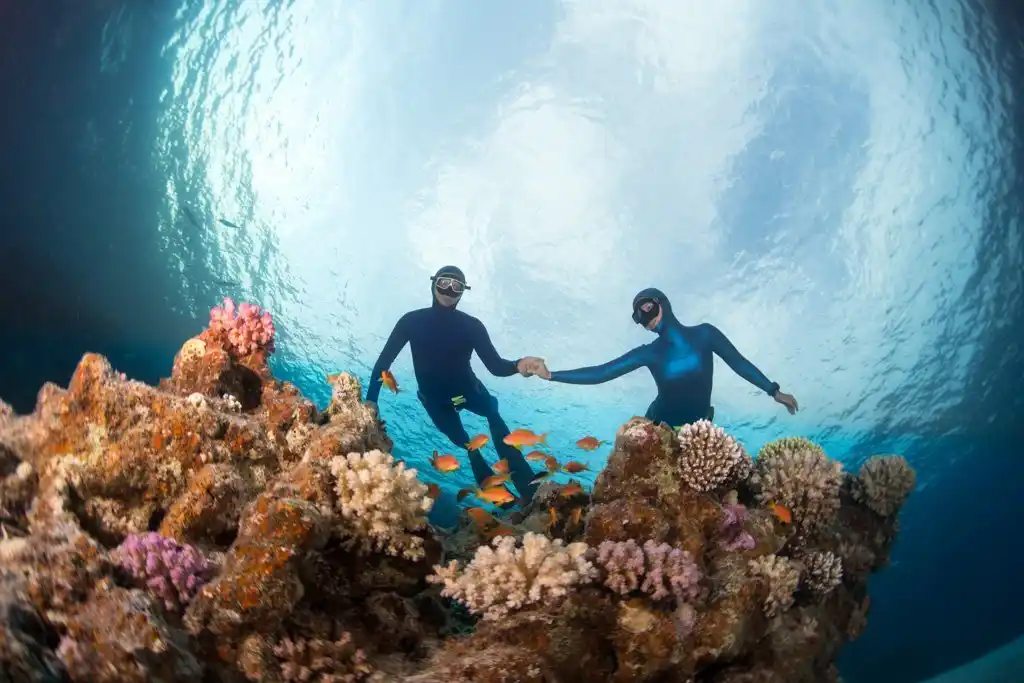
The Good Bits – Exploring Nusa Lembongan’s Dive Sites
Nusa Lembongan’s crystal-clear waters, vibrant coral reefs, and stunning marine life make it one of the most attractive diving locations in Bali. The island and its surrounding waters offer a variety of dive sites that cater to tech divers, from beginner-friendly spots to deeper and more challenging sites that require advanced skills. Here are some top dive sites you’ll want to explore during your tech diving adventure:
- Blue Corner (Nusa Penida)
This iconic dive site, located just off Nusa Penida, is one of the most famous sites for tech divers in Bali. Blue Corner is known for its strong currents, which attract large pelagic species like manta rays, reef sharks, and tuna. Tech divers can take on the challenge of descending to depths of 40-50 meters, navigating the current while observing these majestic creatures. It’s perfect for practicing your buoyancy control and managing your air consumption while diving with strong currents. - Manta Point (Nusa Penida)
Manta Point is a must-visit dive site for tech divers who want to experience manta rays up close. While the site is suitable for recreational divers, tech divers can explore deeper portions of the reef, ranging from 20 meters to 40 meters, where you can encounter not only mantas but also a variety of reef fish, turtles, and schools of fish. The strong currents make it a challenging site that will push your technical diving skills to the test. - Crystal Bay (Nusa Penida)
Crystal Bay is one of the most beautiful dive sites in Bali, and it’s famous for its crystal-clear waters and diverse marine life. Tech divers can dive deeper into the bay, exploring the vibrant coral gardens, large schools of fish, and the occasional mola mola (sunfish) that visits the site during the colder months. With depths ranging from 10 meters to 40 meters, it’s perfect for practicing advanced dive techniques in a visually stunning environment. - Toyapakeh (Nusa Penida)
Toyapakeh is a well-known dive site located on Nusa Penida, famous for its healthy reefs and rich marine life. The site is suitable for tech divers, with depths ranging from 20 meters to 50 meters, offering divers the chance to explore the underwater world at greater depths. Schools of fish, large pelagics, and beautiful coral formations make this an exciting dive site for tech divers.
These dive sites in Nusa Lembongan and Nusa Penida offer a combination of exhilarating dive conditions, unique marine life, and technical diving challenges that are sure to excite any dive enthusiast looking to push their limits.

It’s Not All Smooth Sailing – Overcoming Challenges and Pushing Limits
Tech diving, while rewarding, isn’t without its challenges. Whether you’re diving at deeper depths, managing multiple gas mixes, or navigating through strong currents, there’s no shortage of obstacles to overcome. However, the true reward of tech diving lies in mastering these challenges. Here’s how you can prepare for and overcome some common challenges:
- Managing Decompression Stops
One of the key aspects of tech diving is managing decompression stops. As you dive deeper, the nitrogen you breathe builds up in your body, and you must stop at certain depths for a period of time to allow it to safely dissipate. You’ll need to learn how to calculate these stops and how to use dive computers to track your ascent rate and time at each stop. - Currents
Nusa Lembongan’s dive sites are known for their strong currents, especially around Blue Corner and Toyapakeh. Handling these currents requires excellent buoyancy control and strong diving techniques. Be prepared to deal with unpredictable conditions, and practice drift diving to master this skill. - Multiple Gas Mixes
As a tech diver, you’ll use multiple gas mixes such as Nitrox, Trimix, or Heliox to manage your air supply, reduce nitrogen absorption, and increase your bottom time. Mastering gas management is crucial to ensuring you stay safe while diving. You’ll also need to learn how to switch between different gas mixes at specific depths. - Mental Focus and Stamina
Tech diving requires a high level of mental focus, physical stamina, and discipline. It’s important to remain calm, especially during emergencies, and follow dive plans to the letter. It’s also essential to stay physically fit to handle the demands of deep dives and longer dive times.
A Week in the Life – Your 7-Day Itinerary to Tech Diving Expertise
To make the most of your time in Nusa Lembongan and become proficient in tech diving, here’s a sample 7-day itinerary that takes you from beginner to advanced tech diver.
Day 1: Arrival & Gear Check
- Arrive in Nusa Lembongan and settle into your dive center.
- Go through your gear, check for any equipment you may need, and ensure everything is working properly.
- Take a short introductory dive to familiarize yourself with the conditions and check your buoyancy.
Day 2: Classroom Training & Skills Development
- Attend classroom sessions to learn the basics of tech diving, including gas mixes, dive planning, decompression theory, and emergency procedures.
- Conduct your first deep dive (around 30 meters) while practicing essential skills like buoyancy control, navigation, and using dive computers.
Day 3: Advanced Dive Planning & Practice
- Practice dive planning and learn about advanced techniques such as navigating with dive reels and conducting deeper dives.
- Dive at sites like Crystal Bay and Toyapakeh, focusing on proper gas management and depth control.
Day 4: Decompression and Multi-Gas Diving
- Learn to handle multiple gas mixes (like Nitrox and Trimix) and practice decompression diving.
- Perform a dive to a depth of 50 meters, practicing controlled ascents and decompression stops.
Day 5: Challenging Currents and Deep Dives
- Explore dive sites known for their strong currents, such as Blue Corner.
- Focus on diving with currents, ensuring proper buoyancy and safety protocols.
Day 6: Emergency Procedures & Refined Skills
- Review emergency procedures such as gas switching and managing an air-share situation.
- Perform a deep dive, managing complex situations while ensuring safety.
Day 7: Final Dive & Certification
- Complete your final dive at a site of your choice, diving to your maximum depth.
- Receive feedback and certification for completing your tech diving course.
The Real Deal – Becoming a Tech Diving Pro
Once you’ve completed your training, the journey doesn’t stop. Becoming a true pro at tech diving requires ongoing practice, experience, and continuous learning. Keep refining your techniques, upgrade your skills, and explore deeper, more challenging dive sites. Tech diving offers endless opportunities for personal growth, and Nusa Lembongan provides the perfect environment for you to expand your skills and explore the fascinating underwater world.
Conclusion
Tech diving in Nusa Lembongan is an unforgettable adventure that pushes you beyond the limits of recreational diving. Whether you’re diving deep into the crystal-clear waters of Nusa Penida or exploring vibrant coral gardens at deeper depths, Nusa Lembongan offers the perfect mix of excitement and challenge. With the right training, preparation, and mindset, you can master the art of tech diving and experience the thrill of underwater exploration like never before.
FAQs
What is tech diving?
Tech diving refers to any type of diving that goes beyond the limits of recreational diving. It involves advanced skills, specialized equipment, and diving to greater depths, often with multiple gas mixes and decompression stops.
Do I need prior experience to start tech diving?
Yes, you need to be an experienced recreational diver with at least 50-100 dives before you start tech diving. You also need to complete a specialized tech diving course.
Is Nusa Lembongan suitable for tech diving?
Yes, Nusa Lembongan offers several dive sites that are ideal for tech divers, including Blue Corner, Crystal Bay, and Toyapakeh, all of which offer challenging dive conditions and diverse marine life.
How long does it take to become a certified tech diver?
Depending on your chosen course, it can take anywhere from 4 to 7 days to become a certified tech diver. More advanced courses may take longer.

